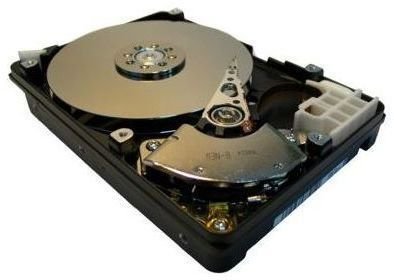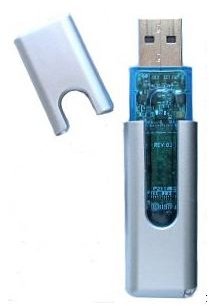The Difference Between RAM and Hard Drive Functions
A Basic Analogy
RAM can be thought of as the computer’s short-term memory. To use a simplified analogy to human memory, consider the mental process of looking up a phone number to make a call. In this instance, the phone number is retained in memory long enough to place the call. Since there’s no need to remember the number after it’s dialed, it will tend to fade from memory as the mind becomes focused on other things in the immediate environment. This is how RAM handles data; it retains information on a short-term basis. To apply the phone call analogy to the function of the hard drive, it can be likened to writing down the phone number in an address book for future reference.
RAM Hardware
RAM, which stands for Random Access Memory, is, as the name implies, a type of memory. Computer memory is composed of small printed circuit boards (commonly referred to as modules or sticks) containing silicon chips, and connected to the computer’s main board through expansion slots. RAM modules vary primarily by their memory capacity, which is expressed in megabytes (MB) or gigabytes (GB.) Modern memory typically comes in 256MB, 512MB, and 1GB modules. To place memory capacity in context, Windows Vista can function reasonably well with as little as 512MB; however, the 64-bit version of the Vista operating system can accommodate up to 8GB. The capacity of 64-bit Windows Server 2008 Enterprise goes beyond gigabytes and up to two terabytes (TB.) Regardless of the RAM module’s capacity, it cannot save or store data when the computer is powered off.
Hard Drive Hardware

Hard drives are a type of data storage device. Your operating system and programs are installed on your hard drive as magnetic regions on an aluminum or glass disc. This disc is referred to as a platter. All the hard drive’s data, which is stored on this platter, is divided into extremely small units called sectors. When your computer is started, the operating system is loaded into memory starting from a specific sector of the hard drive called the boot sector. When the operating system is loaded and the computer is in use, the hard drive adjusts the platter’s magnetic regions as data is modified and saved. Unlike RAM, the hard disk platter will preserve its state when the computer is powered off.
Paging and Flash Memory

The difference between RAM and hard drive functions based on their dedicated roles is clear. However, the functions of memory and drives are not entirely distinct. Hard drives can, if required, extend the capacity of RAM through a process called paging. Paging is basically the temporary use of hard drive space as an extension of memory. On the other hand, USB flash drives are technically non-volatile (retaining data when power is switched off) memory modules that are used as storage devices.
In general terms, hard drives and RAM are separate devices, but they work with data in a complementary fashion.
